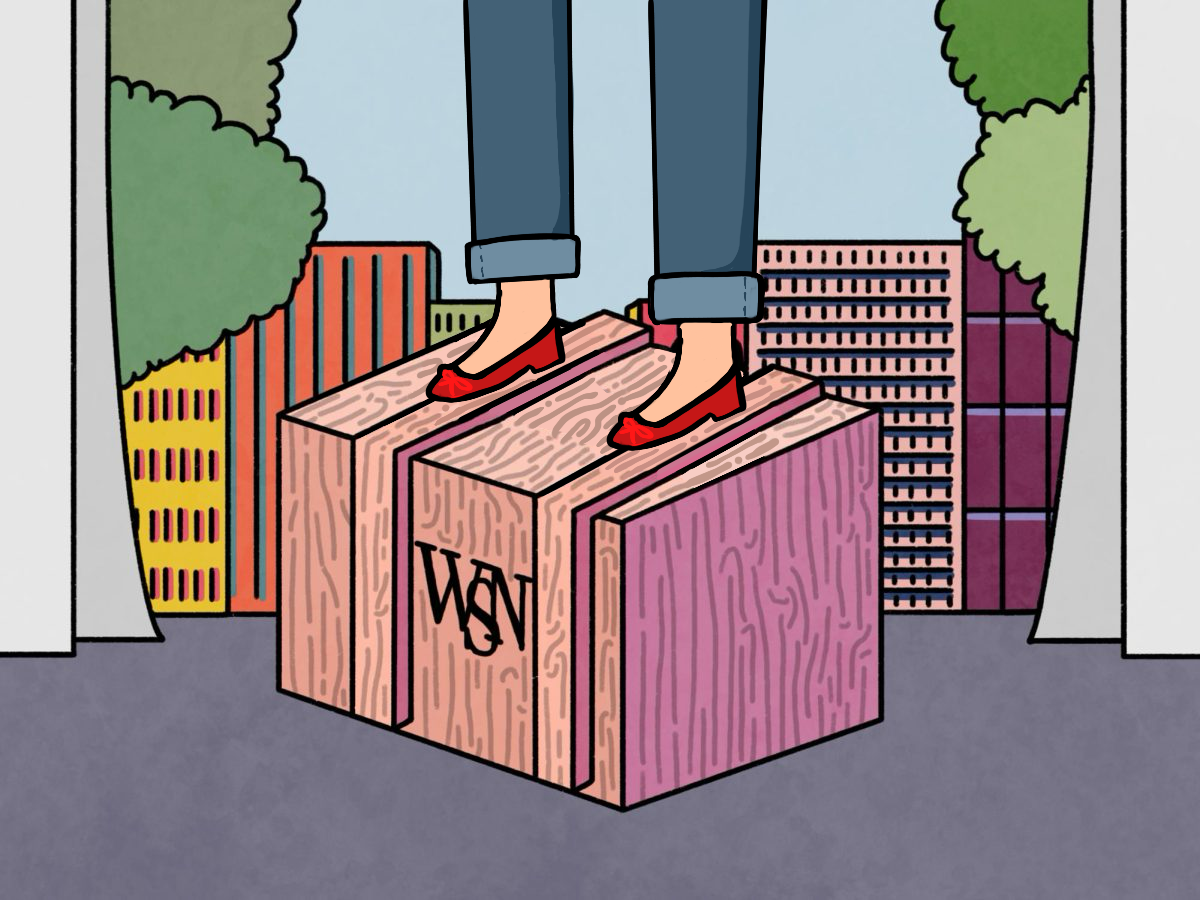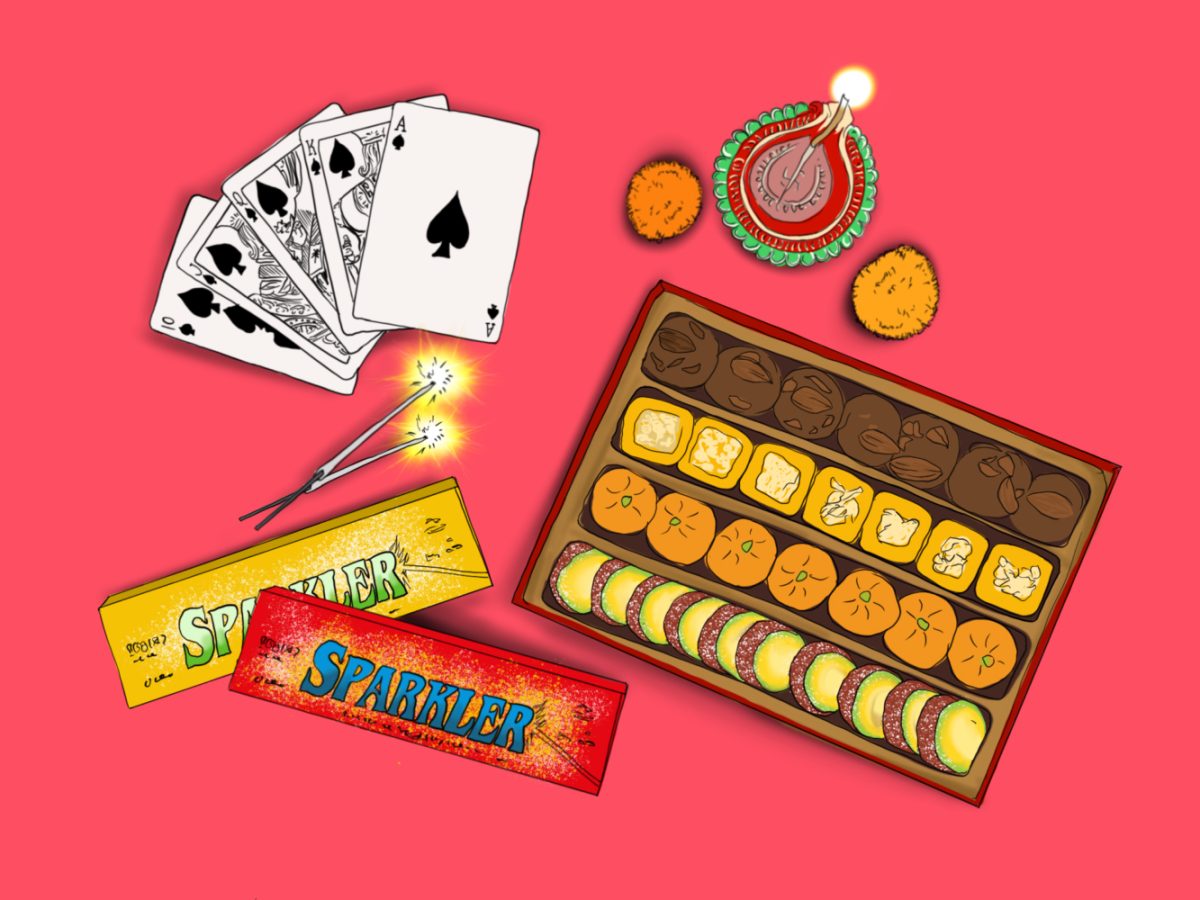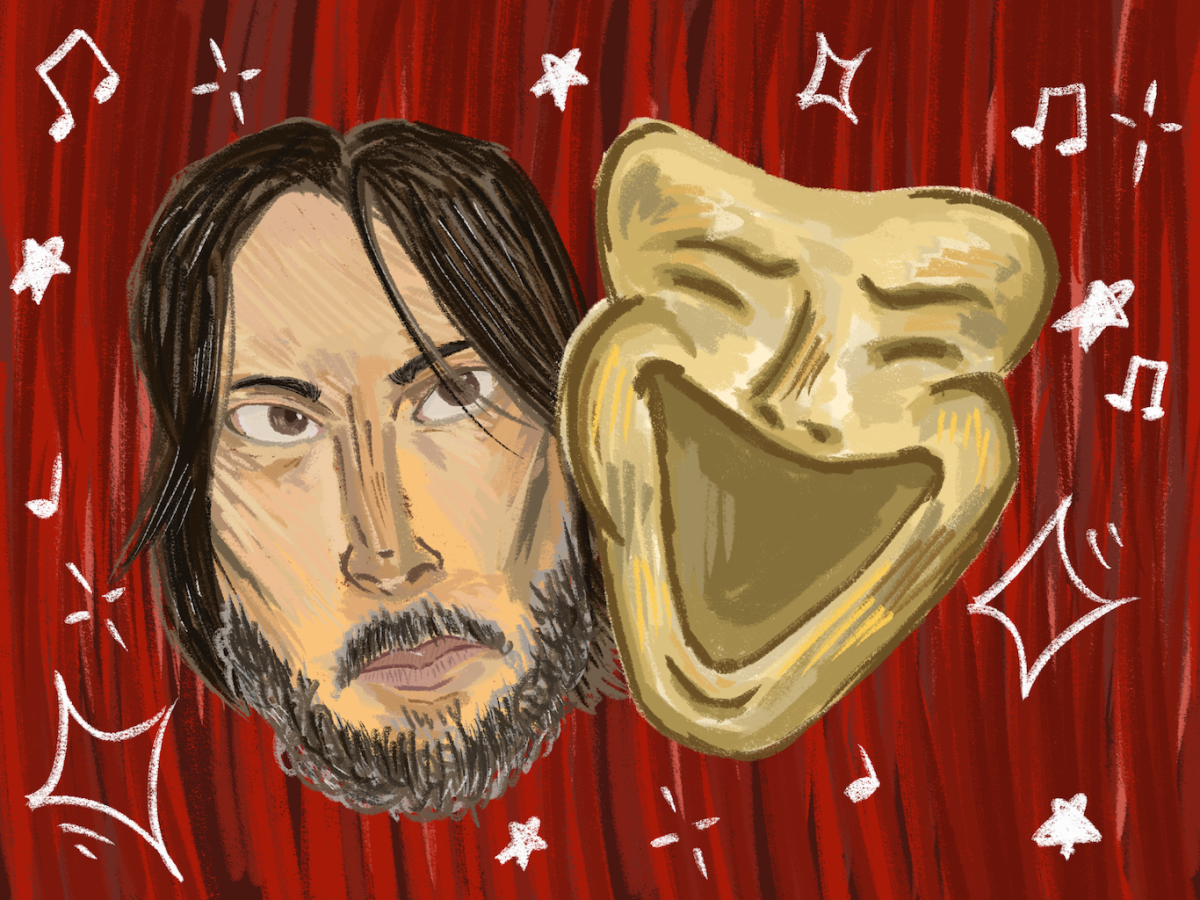Review: ‘House of Gucci’ is a fashion catastrophe
Even a scene-stealing Gaga performance can’t save Ridley Scott’s true-crime slog from itself.
Ridley’s Scott’s new film “House of Gucci” stars Lady Gaga as Patrizia Reggiani and Adam Driver as Maurizio Gucci. The film follows the rise and fall of the Gucci family in the 1980s. (Image courtesy of Universal Pictures)
December 6, 2021
There was a palpable electricity in the air when I sat down to watch Ridley Scott’s directorial take on the infamous Gucci family murders. Maybe it was just the overpriced movie theater wine, but “House of Gucci” seemed like a film determined to become a sensation.
At least, that’s what was promised in the barrage of advertising. The trailers depicted a punchy tale of glamour, sex, fashion, pasta and, most importantly, murder. The lore of the Gucci dynasty became a buoyant trove, so easy to sell that it seemed predestined for success on the silver screen. Paired with a toupee-ed Adam Driver and the famously Italian Lady Gaga as the devious protagonists, “House of Gucci” had the perfect recipe for something diabolically magical.
Regretfully, premise and star power are the only achievements that “House of Gucci” can flex, as the film fails to follow through on the splashy camp potential that the project so ardently promised.
The narrative begins with a spark. We meet Gaga’s Patrizia Reggiani, a woman so enchanting that her mere strut can cause the local car garage to break out in mass hysteria. Sick of forging checks in her father’s office, Patrizia decides to paint the town red, and under the light of a disco ball, she meets the 6-foot ticket out of her ordinary life. His name? Gucci.
As soon as Reggiani recognizes the financial potential in Driver’s coy Maurizio Gucci at a swinging nightclub, she begins pursuing him with the same dedication as a middle school crush. She’s seductive, bubbly and persistent, cornering Gucci at every turn. He becomes a trust-funded stone slab who eventually falls, and Reggiani becomes the vixen who’s ready to mold him.
The beginning stages of this relationship provide the most kinetic sequences in the film. Those firey first months of rushed nuptials and over-the-top sex scenes operate as the perfect introduction to a duo whose fate is already tragically sealed. Driver provides the subtle Italian set dressing as Gaga scorches each scene with the raise of a charcoal eyebrow and a frivolous intensity that feels too specific to be fabricated.
It’s Gaga’s stiletto-clad stomp that curdles the couple’s epic romance as Patrizia, now Patrizia Gucci, pressures Maurizio to rejoin his family’s legendary fashion house, which also, of course, brings her into the fold. Maurizio eventually picks up on the chilly business practices of his relatives and turns Patrizia’s woozy infatuation with his family’s fortune back onto her. With his newfound power, Maurizio neglects Patrizia and eventually has an affair, instigating their violent downfall.
Though these protagonists are rife with intrigue, “House of Gucci” asphyxiates these exciting qualities at every turn. It’s rare to witness a film that seems so disinterested in itself. The Gucci couture that drives these characters to murder is only referred to with flippant mentions and sketchbooks coated in gray. The fashion is reduced to a vague concept, obscuring the motivations of both Patrizia and the Gucci family.
This haziness continues as the narrative abstains from delving into any character interiority, trudging from scene to scene as if they’re required readings. We see the Gucci couple’s vacations, children and luxury apartments, but never the actual characters. The performances are reduced to mere pantomimes of interview clips and Wikipedia summaries as personal histories are almost intentionally underserved, making the dramatic crescendos falter in their believability.
The film doesn’t identify character traits for Patrizia’s tantrums to hinge around, so her eventual breakdown relies on the flat trope of a woman scorned by her lover — a trope so stale, you can nearly see the dust being brushed off it.
The film doesn’t even have an argument for so-bad-it’s-good appeal. Case in point: Jared Leto’s Italian accent.
Where to begin? While his sad-sack demeanor is actually what makes Paolo Gucci one of the film’s more sympathetic characters, Leto’s severely under-rehearsed performance causes friction in most of his scenes. Leto’s commitment here is so misdirected that he creates a whiny affectation evoking the Mario Brothers at best and Borat at worst. The attempted accent takes over every scene and remains just as heinous throughout the entire film, a feat so spectacular it is difficult to even laugh about.
This film mishandles its flamboyant potential in innumerable ways — far too many to catalog here. The directing is comatose throughout the two-hour-and-38-minute runtime and drags on without an ounce of charm. As the murder is conducted; the theater doesn’t react. Cold silence reverberates and the impact never lands.
Despite possessing every conceivable path to success, “House of Gucci” offers neither style nor substance. Its passionless devotion to the routine beats of the historical murder leave the rest of the film hollow in its premise and shallow in its hype.
Sorry, Gaga, but “House of Gucci” is the Olive Garden of cinema.



























































































































































